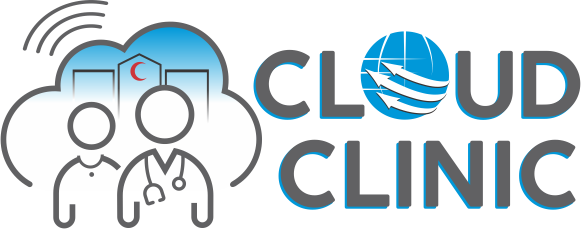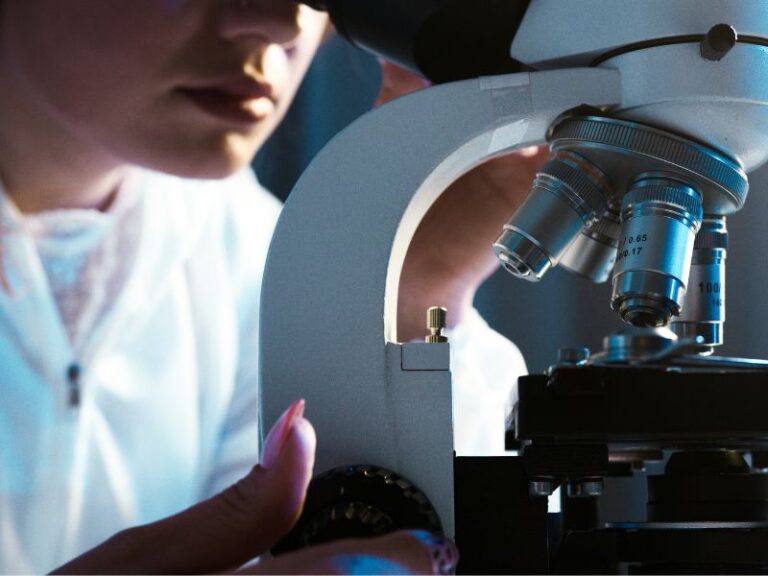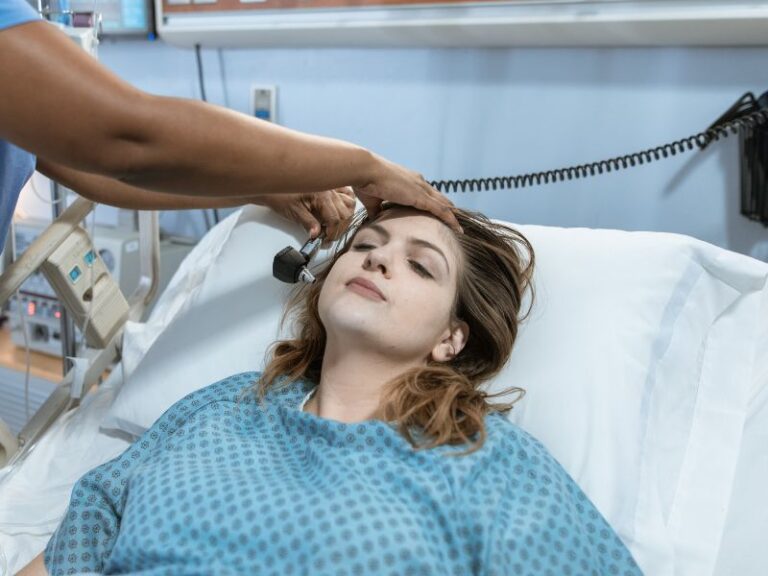Microscope cameras are powerful tools that are transforming the landscape of telemedicine. At Cloud Clinic AI, we equip our telemedicine carts with these innovative devices, allowing remote healthcare professionals to see magnified images in real time during consultations.
This blog post dives into microscope cameras in telemedicine, exploring how they work, their applications, and the advantages they bring to patients and providers.
What is a Microscope Camera?
A microscope camera is a specialized camera designed to capture high-resolution images through a microscope lens. It replaces the eyepiece of a microscope, transmitting magnified digital photos to a connected screen. These cameras offer superior clarity and detail compared to traditional eyepiece viewing, allowing for better visualization of microscopic specimens.
Benefits of Microscope Cameras in Telemedicine
Microscope cameras have several benefits in the field of telemedicine, including:
Remote Diagnosis and Consultation
- Real-time Sharing: Microscope cameras allow real-time sharing of microscopic images and videos with remote specialists. This enables pathologists, microbiologists, and other healthcare professionals to collaborate and provide consultations without being physically present.
- Immediate Feedback: Specialists can give immediate feedback and guidance on diagnosis and treatment, enhancing the speed and accuracy of medical care.
Enhanced Training and Education
- Live Demonstrations: Microscope cameras can broadcast live demonstrations of procedures and techniques to medical students and trainees across different locations.
- Recorded Sessions: Sessions can be recorded for later review and educational purposes, providing valuable learning materials.
Improved Documentation and Record Keeping
- Digital Records: High-quality digital images and videos can be stored in patient records, ensuring accurate documentation of medical conditions and treatments over time.
- Easy Access and Sharing: Digital records can be easily accessed and shared among healthcare providers, facilitating continuity of care and collaborative treatment planning.
Enhanced Patient Engagement
- Visual Explanations: Healthcare providers can use images and videos from microscope cameras to visually explain diagnosis and treatment plans to patients, improving understanding and engagement.
- Transparency: Patients can see what the doctor sees, which can build trust and satisfaction.
Cost-Effectiveness
- Reduced Travel Costs: Patients and specialists do not need to travel for consultations, reducing travel-related expenses and time.
- Efficient Use of Resources: Remote consultations can help optimize the use of specialized medical resources and personnel, particularly in underserved or rural areas.
Support for Specialized Fields
- Pathology: Microscope cameras are especially beneficial in pathology, where detailed examination of tissues and cells is crucial. Remote pathology services can be provided to areas needing more local specialists.
- Microbiology: Identifying and studying microorganisms can be performed remotely, aiding in diagnosing and treating infectious diseases.
How is a Microscope Camera Used in Telemedicine?
Here’s how a microscope camera integrates seamlessly into a telemedicine setup:
- Sample Preparation: During a teleconsultation, a healthcare professional at a remote location prepares the patient sample following standard protocols.
- Microscope Connection: They place the sample on a microscope slide and position it under the objective lens. The microscope camera is attached to the microscope, replacing the eyepiece.
- Real-Time Image Transmission: The camera captures magnified digital images of the sample. These high-resolution visuals are transmitted securely to the consulting physician through the telemedicine platform.
- Remote Consultation: The physician on the other end of the connection views the live-streamed images on their screen. This allows for a detailed sample examination, facilitating diagnosis and discussion with the patient.
When is a Microscope Camera Used in Telemedicine?
Microscope cameras in telemedicine carts find application in various medical specialities, including:
Dermatology: Examining skin conditions like rashes, acne, and potential infections.
Otolaryngology (ENT): Visualizing ear canal infections, throat conditions, and nasal polyps.
Wound Care: Monitoring wound healing progress and identifying potential infections.
Urology: Analyzing urine samples for red blood cells, white blood cells, and bacteria.
Parasitology: Examining blood smears for parasites like malaria.
Cloud Clinic AI: Leveraging Technology for Better Care
At Cloud Clinic AI, we understand the importance of innovative technology in delivering high-quality telemedicine services. Our telemedicine carts equipped with microscope cameras empower healthcare providers to offer specialized care, regardless of location. This approach improves accessibility, efficiency, and, ultimately, patient outcomes.
The Future of Microscope Cameras in Telemedicine
The future of microscope cameras in telemedicine looks bright. Advancements in imaging technology will bring higher resolution and 3D imaging, offering more detailed views. Integration with AI will enable automated analysis, improving diagnostic speed and accuracy. Faster data transmission through 5G and cloud integration will enhance connectivity and ease of sharing.
Future designs will be more portable and user-friendly, making them accessible to more healthcare professionals. These cameras will also find broader applications in various medical fields and help extend quality healthcare to remote and underserved areas.







